Developing healthy thinking habits using the Recall-Rationalise-Replace (3R) strategy
Your feelings are often influenced by your thoughts. When faced with challenging situations, you may find yourself having Automatic Negative Thoughts (ANTs) that negatively affect how you feel about yourself, others, and the situation.
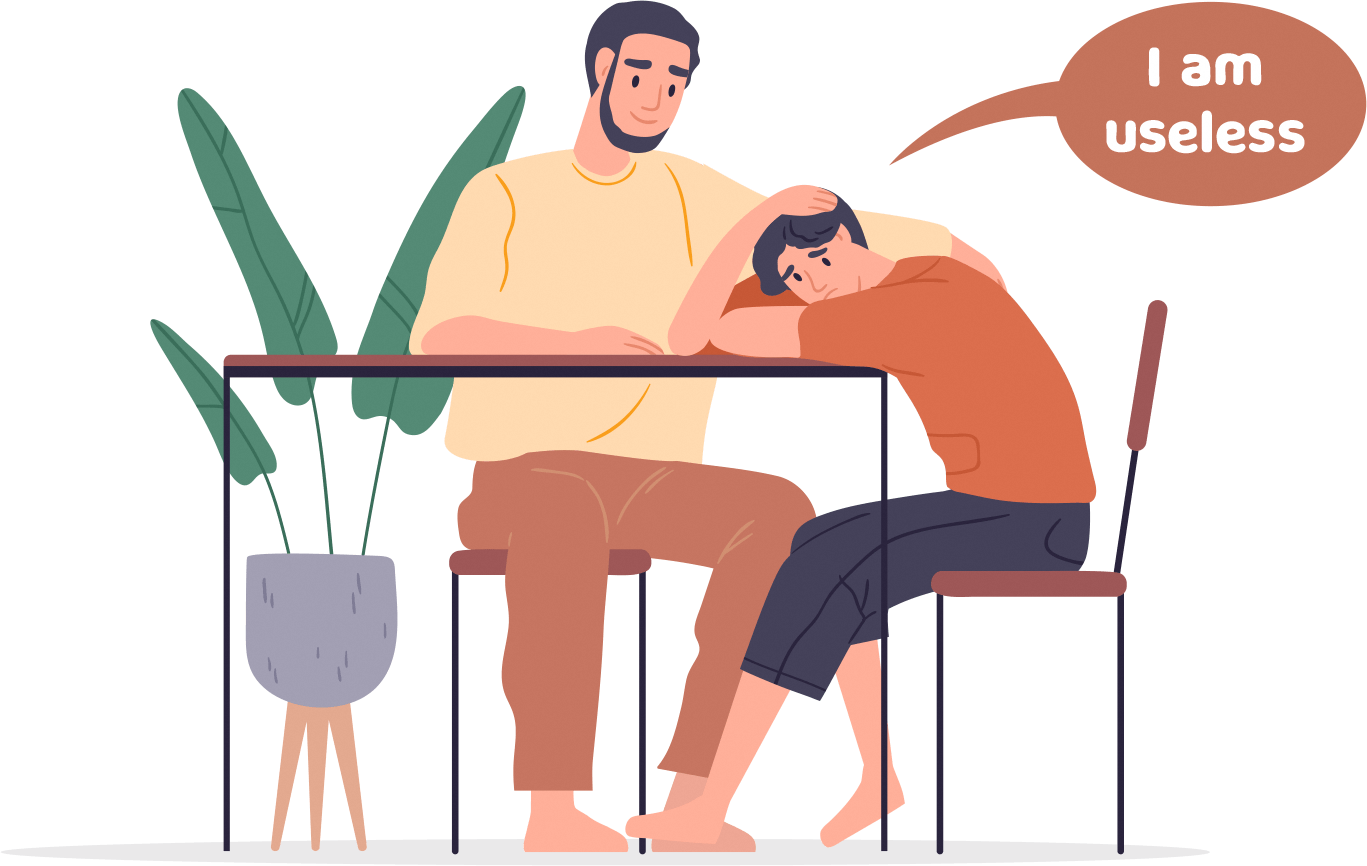
ANTs appear in your mind immediately, sometimes without you even being aware of how they came about. Some examples of ANTs include thoughts like “I am useless”, “I can’t succeed at anything”, or “I am going to do so badly today”.
If you notice your child verbalising some of these ANTs, guide them to reframe their mindset to something more helpful. You can help them develop healthy thinking habits by applying the Recall-Rationalise-Replace (3R) strategy, which is also taught in secondary schools.

Recall
Help your child identify what are the ANTs that triggered the uncomfortable or difficult feelings
For younger children,
make notes and observe together if there are any patterns or recurring ANTsFor older children,
encourage them to write the ANTs down in a journal


Rationalise
Help your child examine the ANTs critically and break the influence these ANTs have on them
Some guiding questions that you can ask are:
What is the evidence that this is true?
Is there another possible explanation for this?
What would you say to your friend in a similar situation?
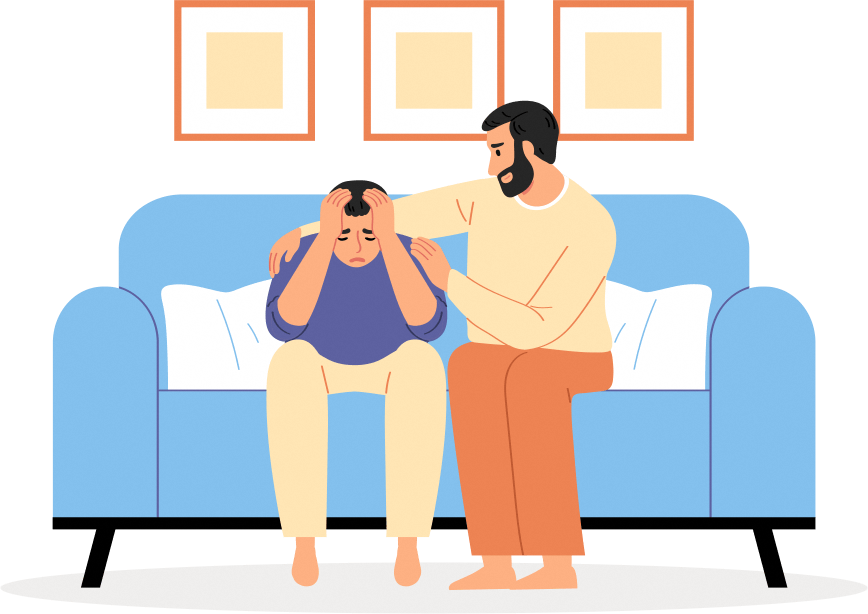

Replace
Guide your child to replace the ANTs with helpful thoughts that are constructive, balanced and hopeful
For example, they can replace "I sounded nervous during the presentation; I am going to fail my whole English project." with "I am disappointed I couldn't do as well as I hoped, but now I know what I need to improve on!"
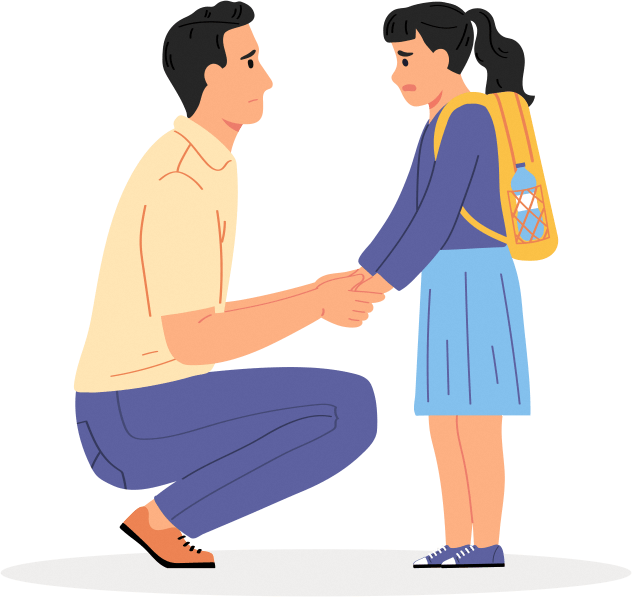
To find out more about ANTs, read the article on “Are these ANTs bugging you?“ by the
Ministry of Education (MOE)
Making healthy decisions using the Stop-Think-Do strategy
You can set a good example for your child by actively showing them how to manage their uncomfortable feelings. If your child is feeling very anxious about an upcoming event, talk to them about how they can prepare for it. You can also encourage them to practise the Stop-Think-Do strategy with you.

Stop
Guide your child to pause before reacting and do something that will help them calm down
For example, they can practise deep breathing, or tighten their fists and release them repeatedly (progressive muscle relaxation) until they feel calm
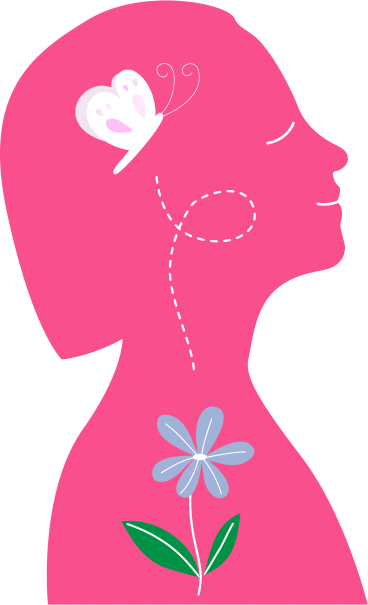

Think
When your child feels calmer, guide them to think about the specific thought that triggered their uncomfortable feelings
Refute unhealthy thoughts with the Recall-Rationalise-Replace (3R) strategy
They can also weigh different options and decide on the most beneficial course of action


Do
Explore constructive ways they can respond to the triggering thought and manage their uncomfortable feelings

You can also apply "Stop-Think-Do" strategy for yourselves in situations such as when you disagree with your child's behaviours.

Stop
Pause before reacting and let your child know you need some time to calm down in a different room before talking to them
For example, you can practise deep breathing, or tighten your fists and release them repeatedly (progressive muscle relaxation) until you feel calm


Think
When you feel calmer, think about the specific behaviour displayed by your child that triggered those feelings in you


Do
Explore ways you can respond to your child in a supportive manner to address the trigger
For example, discuss with your child what made them act the way they did, and how you and your child could react more constructively to a similar situation in the future
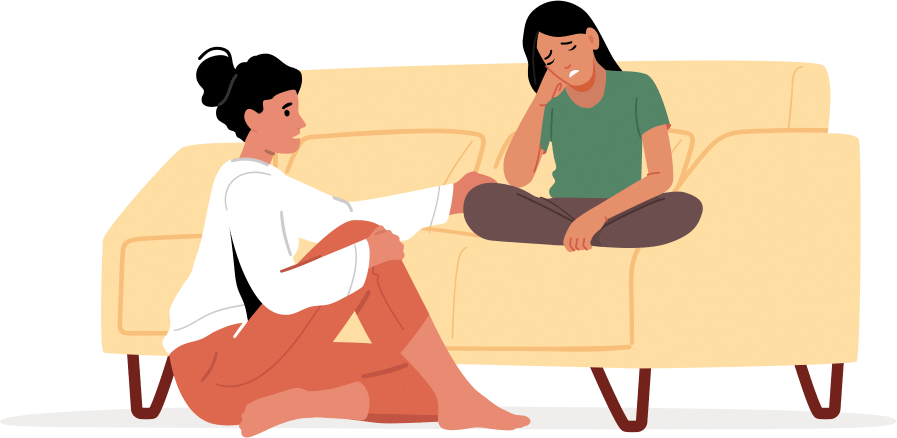
Helping your child separate their feelings from their behaviours
Your child is still developing their ability to manage the strong feelings they experience. Sometimes, this means that they may express their feelings in ways you find inappropriate (e.g. slamming of doors).
When this happens:
Allow your child some time to calm down

After they have calmed down, show concern for how they are feeling and try your best to separate their feelings from their behaviours
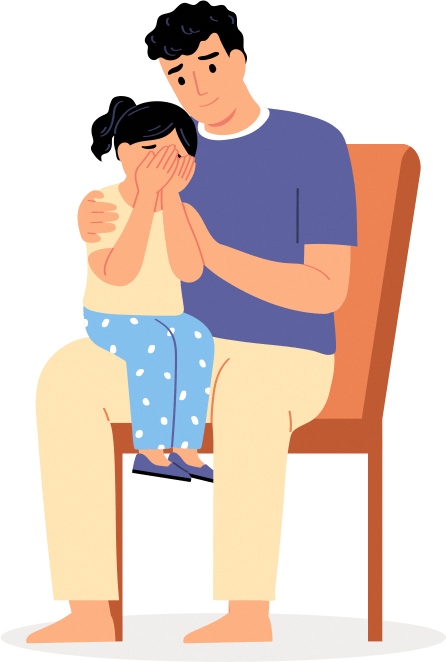
Let them know that while you recognise it is normal to experience many different feelings, not all behaviours are okay as ways of expressing feelings
For example, you can say "It is okay to feel angry, but that doesn't mean you can engage in this behaviour."
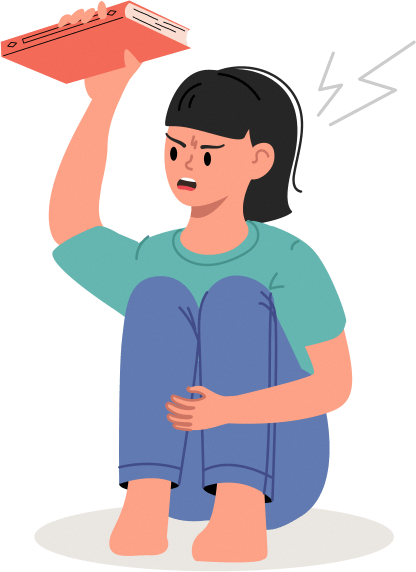
Talk about the consequences for their behaviours and discuss more appropriate ways they can express their feelings in the future
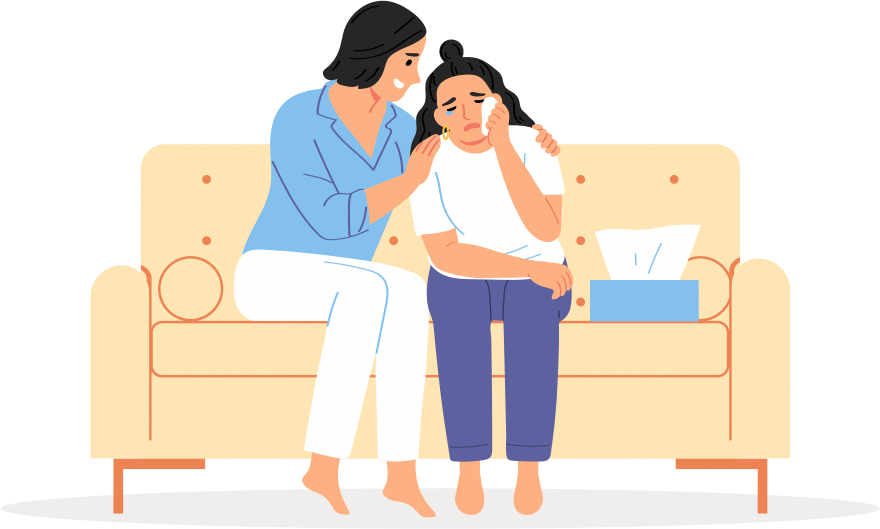
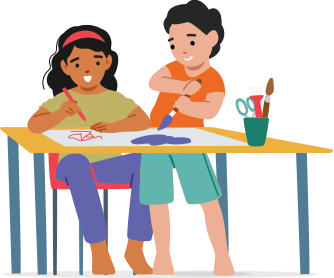
Some younger children may have outbursts or strong reactions, as they are still learning to manage their feelings. For example, some children may have outbursts when their phones are confiscated, as they may see it as a potential invasion of their privacy or as an inability to communicate with others. They may also behave the same way when they are told to stop playing their games immediately as they are upset that it will affect their progress in the game.
In this specific case, it is important to establish limits and rules on device use when your child is first given a device. This way your child will know that there are consequences when agreements are broken.
For more resources on managing emotions, visit HealthHub’s MindSG.




